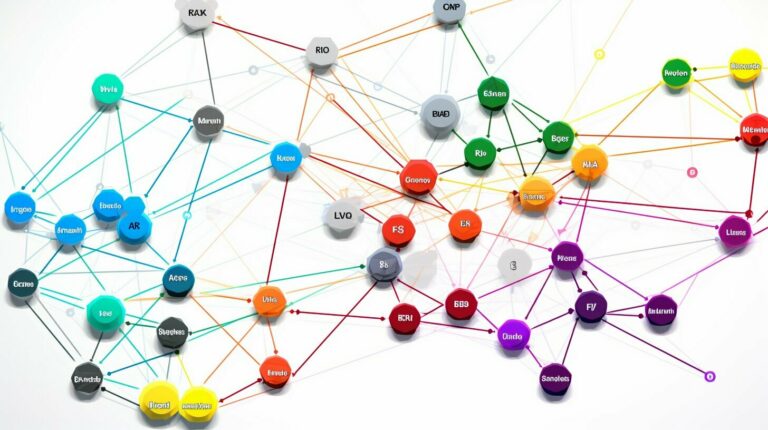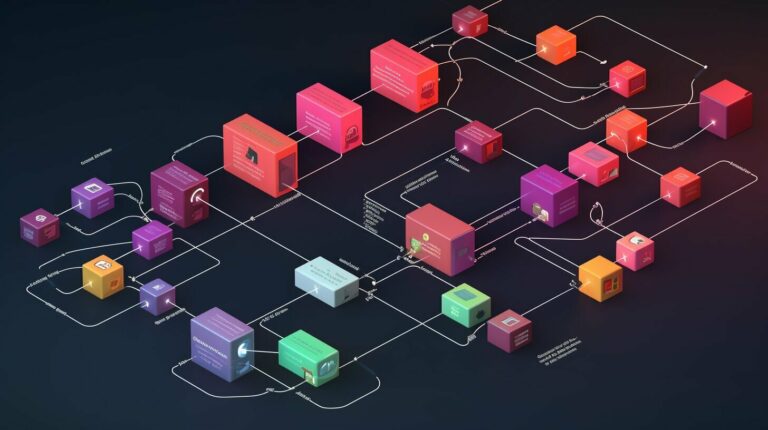Data Management Patterns for Microservices
In today’s fast-paced digital age, businesses demand ever-increasing agility and scalability to keep up with the competition. As such, microservices have emerged as a popular architectural style that promotes flexibility, resilience, and faster time to market. However, managing data in a microservices environment presents unique challenges that require careful consideration and planning. Microservices datastores are…










